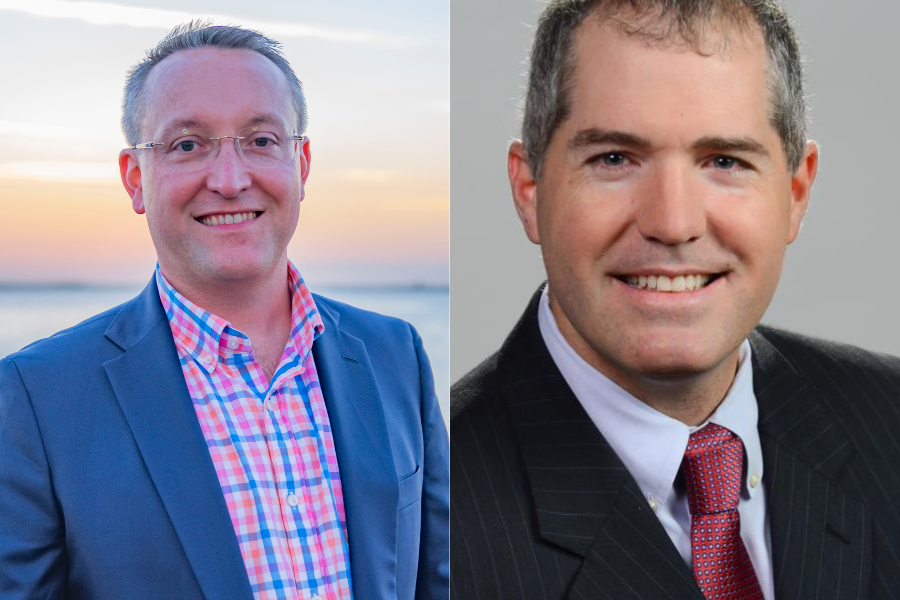Employee retention linked to career paths and training
Half of advice firms have no formal guidance for client service.
As competition heats up among independent advisory firms for both clients and financial advisers, training and guided career paths are emerging as crucial components of recruiting and keeping advisers on board.
Yet at a lot of advisory firms, ongoing staff development is often lacking or woefully inadequate, according to findings in the 2017 InvestmentNews Adviser Compensation & Staffing Study.
While many firms cite capacity issues that have them struggling to keep up with the current pace of client needs, independent firms, on average, risk falling further behind by not properly hiring and training the next generation of advisers.
According to the study, which included a survey of 353 advisory firms, only half of all firms said they have formal training or education structure for developing the client service skills of staff.
In terms of business development training, almost half the firms rely on ad hoc mentoring by senior-level advisers, and a third have no business development program in place.
Less than 30% of the firms surveyed have a formal leadership program for advisers.
(More: How to use technology for business development)
Mark Tibergien, chief executive of Pershing Advisor Solutions, said overlooking fundamental training and career development virtually guarantees turnover and underperformance by employees.
“Firms should be able to identify the steps in a career progression,” he said. “One should have to go through rungs on a ladder, and at a minimum, there should be five rungs.”
Mr. Tibergien said advisers should be able to understand a progression from learning the job, to learning the clients, to building relationships, to leading teams, to leading the business.climbing the ladder/assets/docs src=”/wp-content/uploads2017/10/CI1126201013.SVG”Source: Mark Tibergien
“Be conscious of the nature of the work you’re expecting from someone, and train to that,” he said. “We find through studies that what compels young people to stay with a firm is not just the opportunity to learn, but the opportunity to grow, and when you’re clear and you can teach to it, it gives people the feeling they are moving forward.”
As might be expected, larger firms have the resources to make staff development a bigger priority. The kinds of advisory career tracks Mr. Tibergien described are evident at about 90% of the largest firms surveyed, those with $10 million or more in annual revenue.
But the adoption of clear and structured career tracks declines along with firm size.
Vanessa Oligino, director of business performance solutions at TD Ameritrade Institutional, said it is often less about the specifics of what a firm teaches young advisers than it is about how the message is delivered when they join a firm.
(More: Advisory firms have to stop treating all advisers the same)
“We recommend a range of experiences to further development, including on-the-job activities, mentoring and job shadowing, and formal training through continuing education and industry conferences,” she said. “Firms need to foster a culture of development and career progress if they want to retain younger advisers and groom them to be future leaders. We tell advisers to customize their approach because millennials aren’t all the same.”
Anand Sekhar, vice president of practice management and consulting at Fidelity Clearing & Custody Solutions, has seen what he describes as a “war for talent,” suggesting firms will have to be extra diligent if they want to keep their best employees from leaving.
“What has transpired at some firms is, after investing in staff development, a lot of firms will see the new advisers walk out the door,” he said. “We are seeing some firms do staff development in more creative ways, but there are still advisers that have been in the industry for decades who still believe you start by creating a book of business.”
Gabriel Garcia, a managing director at Pershing Advisor Solutions, agrees, saying the old ways are not going to work if the goal is to build an enduring firm.
“See what I do, watch what I do, and copy what I do is not a training program,” he said.
Learn more about reprints and licensing for this article.








